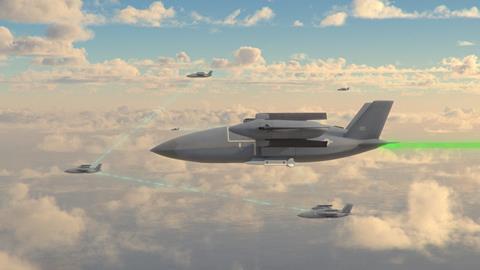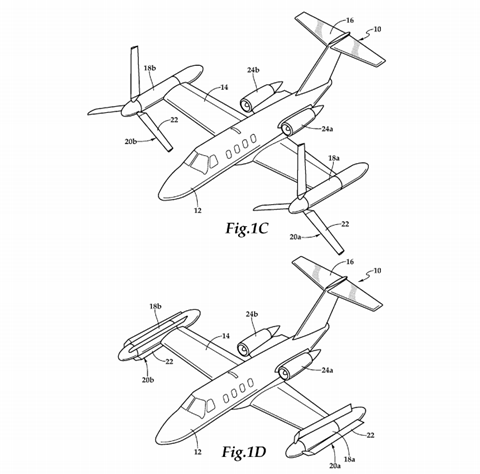America’s special operations forces are looking a new aircraft – one capable of both vertical take-off and landing (VTOL) and the high-speed flight of traditional fixed-wing jets.

Speaking at the Special Operations Forces (SOF) Week conference in Tampa, Florida on 9 May, the head of acquisitions for the US Special Operations Command (SOCOM) said the organisation is partnering on the initiative with the Pentagon’s secretive technology development agency – the Defense Advanced Research Projects Agency (DARPA).
“We think it fits very well into ensuring we can move long distances, in operationally relevant times to support our forces,” says Jim Smith, the acquisitions executive at SOCOM.
A key aspect of the effort, Smith reveals, will be producing a design that can operate without significant ground infrastructure – a so-called “runway independent” aircraft. He adds the effort will incorporate “fairly nascent technologies” into a clean-sheet design.
DARPA calls the effort “Sprint”, for “speed and runway independent technologies”. According to the agency, the Sprint programme aims to produce a flight-capable demonstrator that can validate the technologies necessary to combine the cruising speeds of a commercial passenger jet with the VTOL capability of a helicopter.
“The goal of the programme is to provide these aircraft with the ability to cruise at speeds from 400-450kt (740-830km/h) at relevant altitudes and hover in austere environments from unprepared surfaces,” DARPA says.
Smith notes SOCOM’s interest in the project is particularly tailored toward the Indo-Pacific theatre, with its vast expanse of ocean and many small islands, with minimal or no developed infrastructure.
“We’re definitely interested in the range and the speed, so that we can close those distances at a much more operationally relevant timeline,” Smith says of SOCOM’s goals.
Citing the speed figures posted by DARPA, he notes Sprint will boast “drastically” better speeds than even the US Army’s new Future Vertical Lift aircraft.
The Bell V-280 Valor tiltrotor – which the army in December selected to replace much of its existing fleet of Sikorsky UH-60 Black Hawks – can reach cruising speeds over 280kt.
While the tiltrotor design enables both runway-independent VTOL and horizontal flight speeds well beyond traditional helicopters, achieving the speed goals of Sprint will likely require the use of jet engines.

While DARPA and SOCOM plan on developing a clean-sheet design, helicopter manufacturer Bell has already spent several years exploring a similar concept the company calls High-Speed Vertical Take-off and Landing (HSVTOL).
Bell engineers envision HSVTOL as an aircraft that looks like a tiltrotor while on the ground and in vertical flight mode. However, where current tiltrotors have only vertical and horizontal flight modes, HSVTOL would have a third, jet flight mode.
After reaching sufficient speed, the rotor blades would fold back into a more aerodynamic profile and the aircraft would fly like a fixed-wing jet. The goal of the HSVTOL concept is to deliver an additional 100kt of speed over current tiltrotors.
Bell’s executive vice-president of engineering Jason Hurst has called the concept something “brand new” in aviation.
During a tour of Bell’s Fort Worth, Texas headquarters in January, Hurst told FlightGlobal the company is actively seeking a government partner to further develop the concept.
The US Air Force’s research laboratory contracted with Bell in 2021 to fund applied research into HSVTOL. Sierra Nevada in 2022 signed on to develop mission systems for the design.
While Smith says DARPA and SOCOM have seen several conceptual designs that could fit the Sprint concept, he notes the Pentagon will still develop its own requirements-based design.
“There are several technologies that can compete in this domain,” Smith says. “We’re interested in looking at all of them. Let’s prototype and get something to show, at scale, that the technology is mature enough to pursue further,” he adds.


























